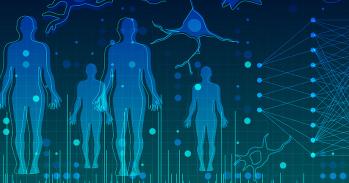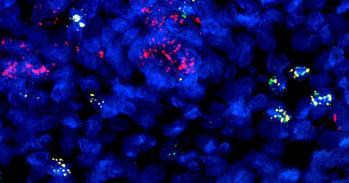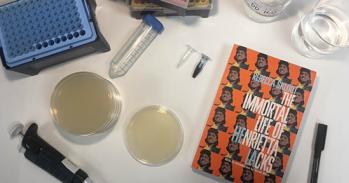Using high-speed microscopic imaging, Professor Raymond Goldstein's group in the Department of Applied Mathematics and Theoretical Physics has demonstrated how the interactions of microbes such as sperm cells and algae with solid surfaces are considerably more complex than previously thought.
Using high-speed microscopic imaging, Professor Raymond Goldstein's group in the Department of Applied Mathematics and Theoretical Physics has demonstrated how the interactions of microbes such as sperm cells and algae with solid surfaces are considerably more complex than previously thought.
Interactions between swimming cells and surfaces feature prominently in a wide range of microbiological processes, most importantly in the formation of bacterial films and during the fertilisation of the human egg. Yet, surprisingly little has been known about the physical mechanisms that govern the accumulation of microbes at surfaces.
The new research explains why sperm cells remain trapped for long periods near surfaces, a feature that may be of fundamental importance in understanding physical aspects of fertilisation.
The research is published in Proceedings of the National Academy of Sciences (USA).
This work is licensed under a Creative Commons Licence. If you use this content on your site please link back to this page.





